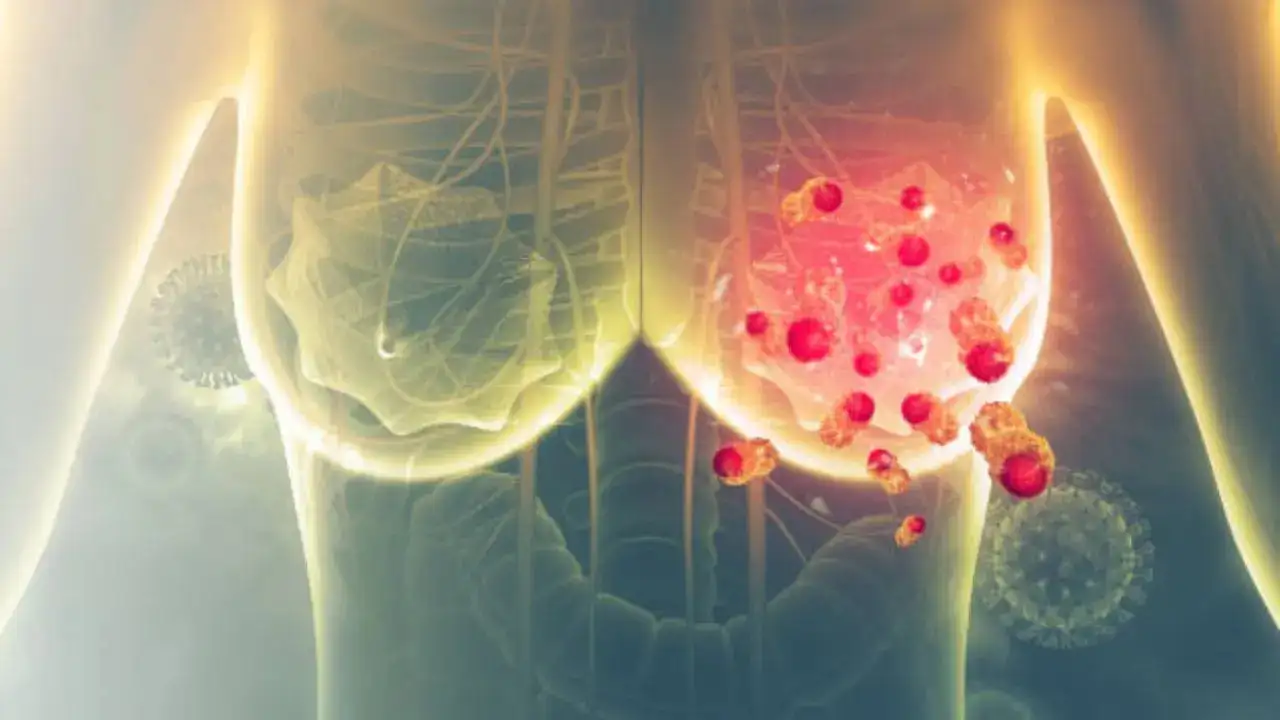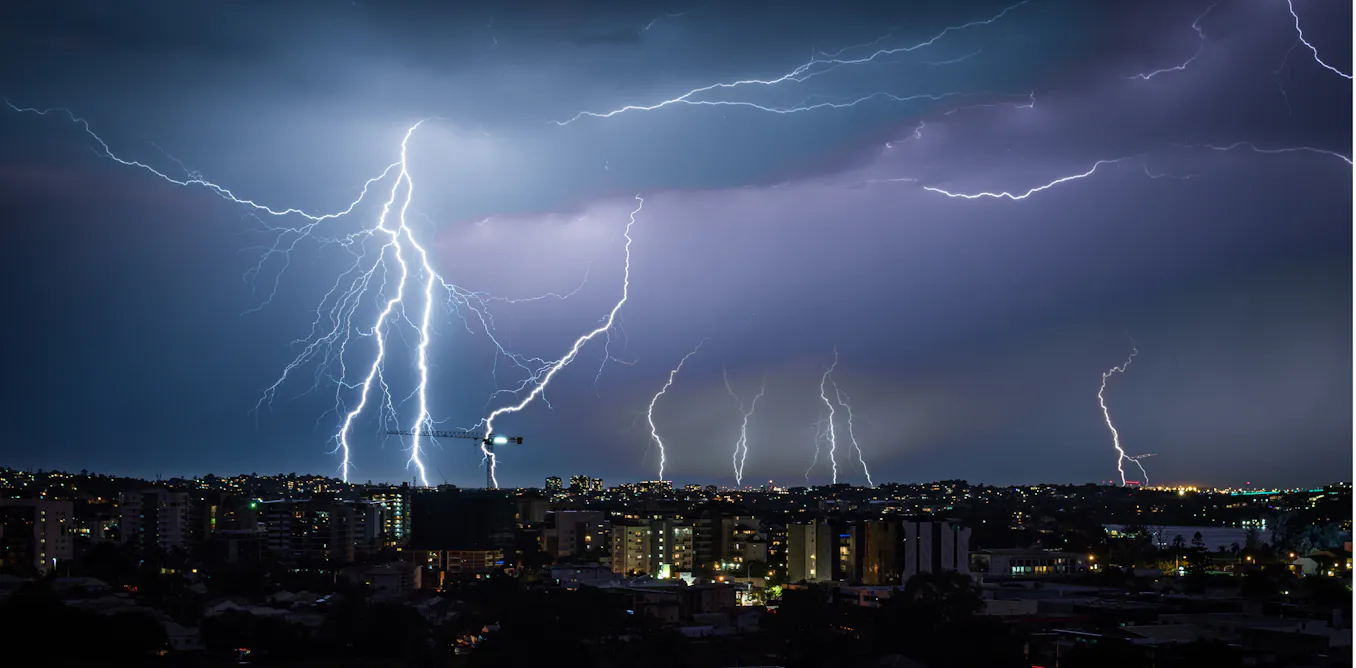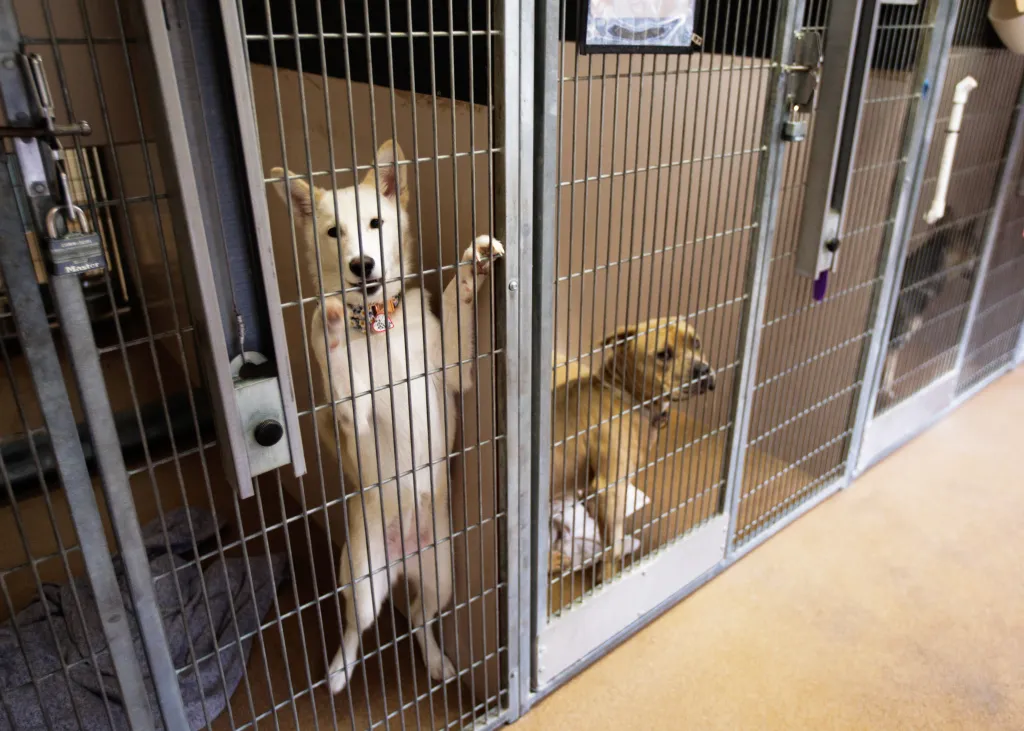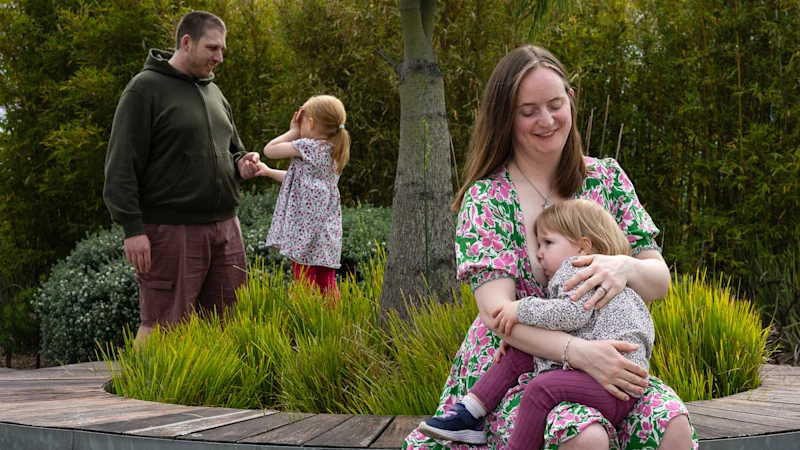Copyright timesnownews

Breast cancer is a complicated illness. While you may instantly think of family history as the biggest risk, experts believe understanding that would mean looking at more than just your genes. Inherited mutations like those in BRCA1 and BRCA2 definitely raise the chance of developing breast cancer. However, a key fact is that about 85 per cent of all breast cancer diagnoses happen in women without a known genetic mutation. “This shows why it is essential to consider other things, like lifestyle choices, environmental factors, and your personal medical history, when thinking about your risk,” Dr Ashish Joshi, Director, Co-founder and Medical Oncologist, M|O|C Cancer Care and Research Centre, told Times Now. Dr Joshi said that as we age, several natural body factors play an important role in shaping a person’s risk profile for cancer. These include the age at which a woman's menstruation begins and the age she reaches menopause. A longer lifetime exposure to estrogen means a slightly higher risk. “Genetics is only part of the risk picture. While BRCA1 and BRCA2 mutations matter a lot, they only make up a small portion of all cases. The bigger picture means looking at a woman’s general health, daily habits, and things she's exposed to in the environment. These non-genetic things often have a much bigger impact,” he added. What are critical risk factors for cancer? Many critical risk factors are entirely within your ability to manage. For instance, obesity following menopause is consistently linked to a higher risk, as are things like sedentary habits, poor diets high in fats, or too much alcohol intake. Also, specific environmental factors and the use of Hormone Replacement Therapy (HRT) after menopause can change your risk level. Why is personal vigilance important? According to Dr Joshi, given that risk factors go beyond what we inherit, self-breast examination is one of the best things you can do for your health. “Doing a quick self-exam every month greatly raises the chance of finding any changes early on,” he said. “Self-examination isn't just a precaution; it's a way to truly know your own body.” By routinely observing and feeling the typical texture, shape, and contours of your breasts, you are better equipped to spot even subtle alterations. The main goal is to know what is normal for you, so any change is instantly clear. Contact your healthcare provider if you observe any of the following: Puckering, indents, or noticeable irritation on the skin A new mass or an area that feels unusually hard or firm Your breast (or just a part of it) looks or feels swollen. Any soreness or discomfort in the nipple, or if the nipple starts pointing inward (retracting) Skin on the breast or nipple is becoming unusually firm. Any discharge from the nipple Experts say checking yourself is not a replacement for seeing a doctor or getting a mammogram, but the activity allows you to catch the first signs of breast cancer quickly. Doing a self-check every month, along with scheduled doctor appointments, significantly increases your chance of finding cancer early for the best treatment success.



